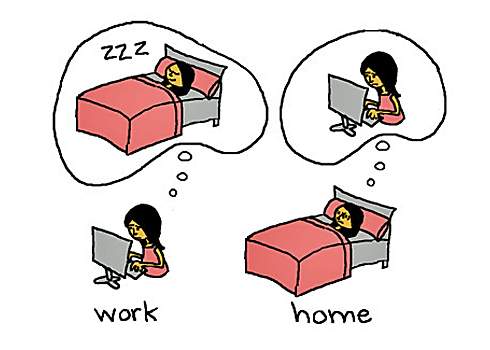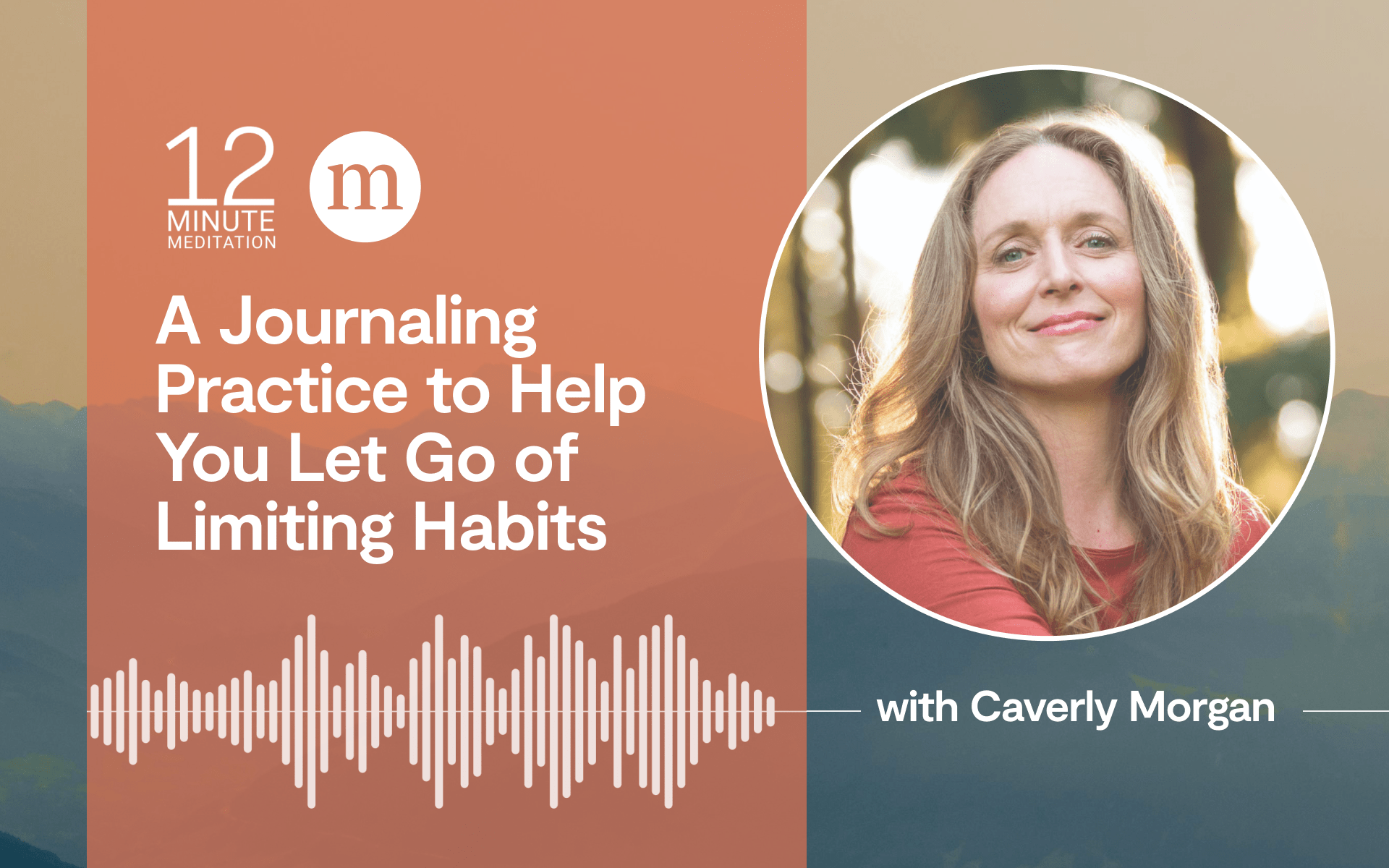There is no doubt about it, today’s business is a round-the-clock atmosphere. We are hounded with external pressures, overwhelmed with information overload, asked to deliver more with less, work longer hours, and have less personal time for renewal activities. What is the result? Self-inflicted attention deficit disorder, exhaustion, lack of focus, reduced health, and burnout. This leads to lower job satisfaction, morale, and productivity. Hardly the results we want.
Did you know that over 50 percent of the workforce in the US says Job Stress is a major problem in life? This is twice as much as ten years ago. We also have 50 percent greater healthcare expenditures and corporations are losing over $300 Billion annually because of work-related stress! What’s going on here?
Let’s look at stress. Stress is simply a mental and often physical reaction to a perceived threat or change. Guess what! Things are in a constant flow of change so that means that we will always have stress. There are always unexpected life changes, performance reviews, new product line roll outs, even stress from things that might be perceived as a good thing, like a promotion.
Stress is less about the actual event and more about our perception of the event or the way we relate to it. For example, if your boss is walking down the hall at work and doesn’t even look at you, does that mean the boss is mad at you or having a bad day? You may interpret this either way depending on how balanced you’re feeling. So how do we change our relationship to our stress at work?
If you have not heard of mindfulness, I’m going to introduce it to you and give you some tips on how to integrate it into the workplace. What is Mindfulness? Mindfulness is the ability to intentionally pay attention to the present moment without our filters of judgment (e.g., good/bad, right/wrong, fair/unfair). In other words, it is the art of cultivating the ability to be in control of our own minds instead of our minds being in control of us. Some actually say it is the training for advanced living. Just think…how has the inability to control attention gotten in the way at work for you (not to mention in your personal relationships)? Often time we’re spending time worrying about a multiple future projects or dwelling on regrets past ones. This makes it difficult to really concentrate on a task or another person at work. When we multi-task we are paying attention to many things and while this may seem like a good thing, we’re actually losing quality, efficiency, and time.
In an age of so much distraction the old approach of time management at work is being thrown out the window in favor of attention management. Mindfulness is a practical way to get this. Over 250 hospitals around the country and many more around the world are using mindfulness to help people with distress from anxiety, depression, pain, and more. What companies are using this? How about Apple, Yahoo, Texas Instruments, Nortel, Google, and Phil Jackson and the Lakers. This has amazing results in clinical research in both Psychology and Medicine.
Some of the benefits of cultivating this type of awareness and skill include :
- Stress-reduction
- Increased clarity of mind, balance, energy, zest for life
- Improve complex problem-solving and decision-making
- Enhanced leadership
- More emotional intelligence, less reactive
- Mood regulation and immune system enhancement
Ok, you’re wondering, this sounds interesting, so how does it work? It works by simply cultivating the ability to pay attention, on purpose in the present moment, without judgment. Don’t worry, there are practices to help you get started. First it’s important to understand how our thoughts, emotions, and feelings are all interconnected and together they can cause a stress reaction. For example, when driving a car and somebody cuts you off the first thing you might notice is the thought “Oh my god I almost died, what an (A-bleep)”, followed by an awareness of the emotion of fear and anger, and the physical sensations of sweat, tightening of the muscles, gripping the steering wheel tight. Your body and mind are in fight or flight mode. If this continues, you may start feeling like your breathing really fast and the thought comes up that you’re not getting enough air, this then increases the fear, and physical symptoms and the cycle goes on and on.
In practicing mindfulness we learn to become aware of our thoughts, emotions, feelings, and behavior so we can interrupt stress cycles before they increase out of control. Try this: Sitting where you are right now, close your eyes and just begin to notice if the mind is busy or calm, what emotion is there if any, and if the body feels tense or loose. Then bring your attention to your breathing, in your belly. Simply say to yourself, rising when the belly rises, and falling when the belly falls. Do this for 3 minutes. When the mind wanders off into thinking “how is this ever going to work” or “this is silly” or “what do I have to do later” or “what was I doing earlier”, just notice what the mind is thinking about without getting too caught up in the content and bring your attention back to the breath. When done, notice if the mind is busy or calm (most people notice how busy their mind actually is) and if the body seems more tense, more loose or about the same. You can do this any time while sitting at your desk.
Here are some more tips on how to practice at work:
- As the workday begins, slightly slow down as you walk to the car, check in with your body and notice any tension. Try and soften it.
- Trying driving to work a little slower today and let red lights be reminders to just notice your breathing.
- As you walk to the office, breathe in and out with every three steps. Notice the sensation of walking, it took you over a year to learn how to do this.
- If you sit at a desk, take a few breaths before checking the computer for emails or updates
- If possible, maybe once a week, eat by yourself in silence, eat slightly slower and really tune into the sense of taste while eating.
- When walking back to the car from work, practice the same way you walked to your car.
- No need to ‘rush’ home to ‘relax’, drive slightly slower and experiment with new radio stations, maybe reflect on what you actually did that day. What was positive, what was stuff you would like to do better?
- When getting home, if you have a family, take a few minutes in the car and keep your breath company, notice if your body is tense, and if so, try to soften those muscles by breathing in and out of them, with awareness, and just letting them be.
May you be healthy, May you be happy, May you be safe from harm, May you be at peace. Enjoy!




